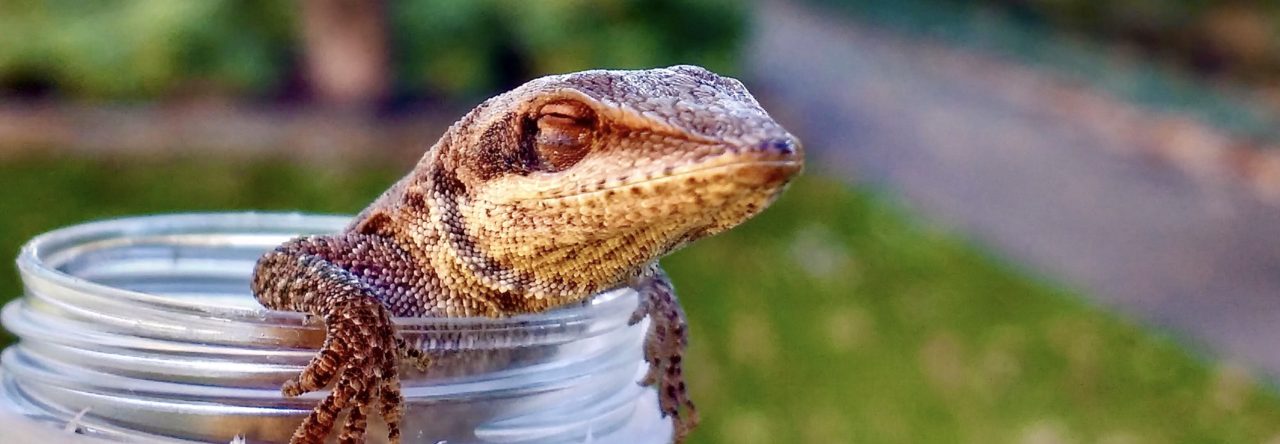Green anoles (Anolis carolinensis) are known for their bold visual displays—vibrant dewlaps and dramatic head bobs dominate their social interactions. But at SICB 2025, Dr. Stephanie Campos highlighted an overlooked aspect of their behavior: chemical communication. Her research explores how the hormone arginine vasotocin (AVT) influences the production and interpretation of chemical signals, revealing a fascinating layer of complexity in how these lizards interact.
Dr. Campos’s work focuses on how AVT alters both the creation of chemical signals and the way they are perceived. To investigate, her team treated male anoles with AVT or a saline control and observed how untreated “receiver” males responded to these “signalers.” The researchers tracked receiver behaviors like tongue flicking—a chemosensory behavior—and analyzed their forebrain neurochemistry, specifically dopamine, norepinephrine, and epinephrine, which are linked to motivation and social behavior.
The findings revealed something remarkable: receivers interacting with AVT-treated males responded more frequently with tongue flicks and lip smacks, suggesting AVT makes chemical signals more prominent or engaging. Additionally, dopamine levels in the receivers’ forebrain typically influenced how quickly they tongue flicked in response to saline-treated males. However, when interacting with AVT-treated males, this relationship disappeared, suggesting that AVT doesn’t just enhance the chemical signals—it changes how they’re processed by receivers.
This study has big implications for understanding anoles. While their visual displays have been studied extensively, chemical communication has often been overlooked. Dr. Campos’s work suggests that AVT modulates territorial behavior by enhancing chemical signals and shaping how social information is interpreted. It highlights the need for further research into the neuroendocrine system’s role in communication, especially in animals like anoles, which rely on multiple sensory modalities to interact.
Chemical signaling in anoles, long underappreciated, is a promising area for uncovering new insights into the complexities of their social lives. This research reminds us that even subtle behaviors—like a flick of the tongue—can reveal the sophisticated ways animals navigate their social environments. As anoles continue to surprise us, it’s clear there’s much more to learn about these charismatic lizards!
For more on Dr. Campos’s work, check out her publications:
• Campos, S. M., et al. (2020). Arginine vasotocin impacts chemosensory behavior during social interactions of Anolis carolinensis. Hormones and Behavior, 124, 104772.
• Campos, S. M., et al. (2022). Signaler’s vasotocin alters the relationship between responder’s forebrain catecholamines and communication behavior in lizards (Anolis carolinensis). Brain Behavior and Evolution, 97(3-4), 184–196 .
- SICB 2025: How Hormones Enhance Anole Communication - January 31, 2025
- SICB 2025: How Green Anoles Adapt to Local Climates - January 26, 2025


Leave a Reply